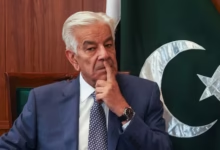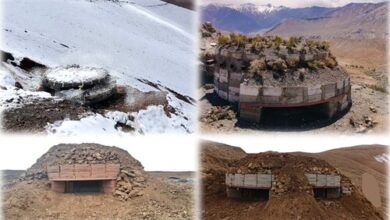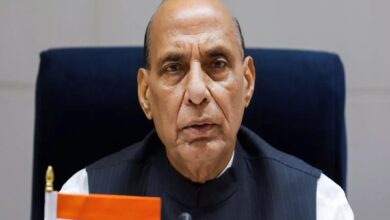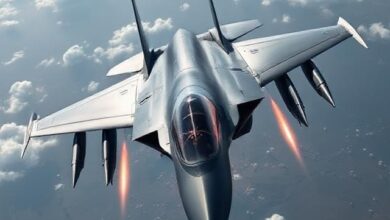US B1 Heavy Bomber Jets To Join India’s First Exercise

- India and the US signed the Basic Exchange and Cooperation Agreement (BECA) in October 2020 to improve their defense links.
- The pact says that the two countries can share high-tech military equipment, supplies, and maps of the area.
Two B1 heavy bomber jets from the US Air Force will take part in an India-US mega air exercise for the first time. The exercise, which started on Monday, comes at a time when regional security is changing quickly and China is showing its military muscles more and more in the Indo-Pacific.
At the “Cope India” drill, which started in Kalaikunda, there will also be a fleet of F-15E fighter jets, as well as C-130 and C-17 transport planes.
Gen Kenneth S. Wilsbach, who is in charge of the US Pacific Air Forces, told a small group of journalists that the B1 bombers and F-15 E fighters will join the drill later this week.
Two B1 bombers were part of the American displays at the Aero India show in Bengaluru in February, but this will be the first time the planes have been used in a drill in India.
The B-1B, also known as “The Bone,” is a long-range, multi-mission, conventional bomber that can fly tasks all over the world from its bases in the United States as well as from places where it has been sent ahead. The bomber is the backbone of the US Air Force’s long-range bomber force because it can carry the most standard weapons, both guided and unguided.
When asked about the security situation in the area, the senior military commander said that the goal of the US and other countries with similar goals, like India, is to make sure that the Indo-Pacific is free and open.
In response to a question, he said that the People’s Liberation Army (PLA) Air Force and the PLA Navy have made a lot of progress and become more modern over the last 15 to 20 years.
Gen. Wilsbach said that the Chinese military has looked at who they see as their challenges and dangers and is making plans based on that.
He said that the US and Indian air forces are keeping a close eye on it.
When asked about China increasing its air power along the Line of Actual Control in eastern Ladakh, he didn’t answer directly, but he did say that rule of law and authority are the most important things.
The US military commander met with Air Chief Marshal VR Chaudhari and talked about problems that were important to both sides and ways to make the two air forces work together even better.
Gen. Wilsbach also met with Giridhar Aramane, who is the Defense Secretary.
He said that the US will send two B1 bombers, four to six F-15 Es, one C-17, and two C130s.
The drill is happening at the Arjan Singh (Panagarh), Kalaikunda, and Agra Air Force Stations.
It aims to help the two air forces understand each other better and share the best things they do. Monday was the first day of the first part of the practice.
The Indian Air Force said that this part of the drill will be about air mobility and will include both air forces’ transport planes and Special Forces assets.
“This is a special time in history. The US military leader said that the US goal in the Indo-Pacific is a free and open Indo-Pacific.
He said that almost every country in the area has the same goal.
“India is definitely one of them. What you’re seeing is a level of cooperation between like-minded countries that has never been seen before. These countries value a free and open Indo-Pacific, democracy, and the fact that their people get to choose their leaders and move their countries forward by voting for them, he said.
“That’s a good sign. Something like that is going on in the Indo-Pacific. “If you look at it from a strategic political and military point of view, many of these same-minded countries are also working together in some way,” he said.
“If countries that don’t want the Indo-Pacific to be free and open want to impose their will on it, that could be a problem,” he said.
Defense ties between India and the US have been getting better over the past few years.
In June 2016, the US named India a “Major Defense Partner,” which made it possible for the two countries to share important military equipment and information.
Over the past few years, the two countries have also signed important defense and security agreements. In 2016, they signed the Logistics Exchange Memorandum of Agreement (LEMOA), which lets their armies use each other’s bases to fix things and get more supplies.
The two countries also signed the Communications Compatibility and Security Agreement (COMCASA) in 2018. This agreement allows the two armies to work together and allows the US to sell India high-end technology.
India and the US signed the Basic Exchange and Cooperation Agreement (BECA) in October 2020 to improve their defense links. The pact says that the two countries can share high-tech military equipment, supplies, and maps of the area.







Facebook Comments